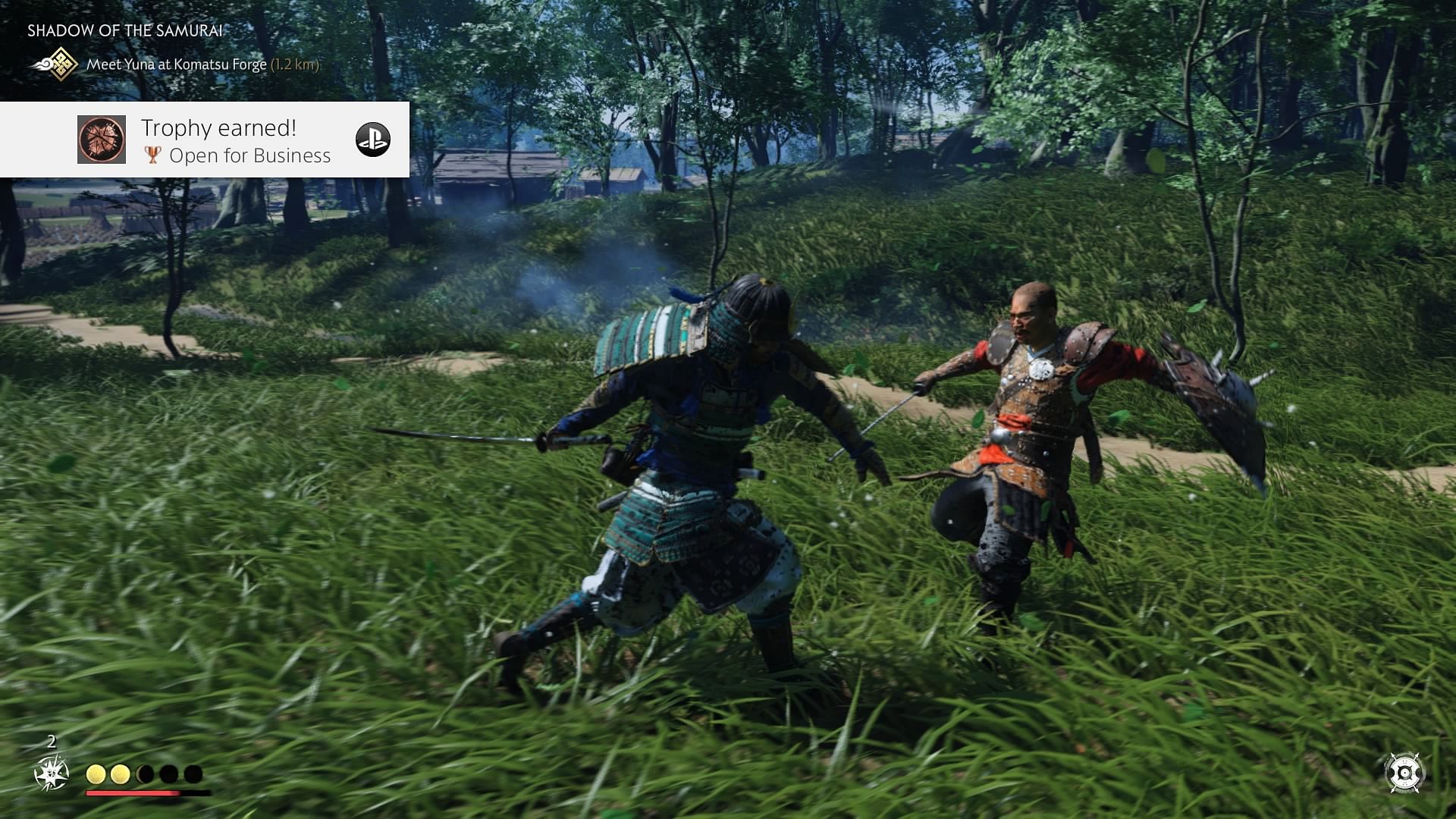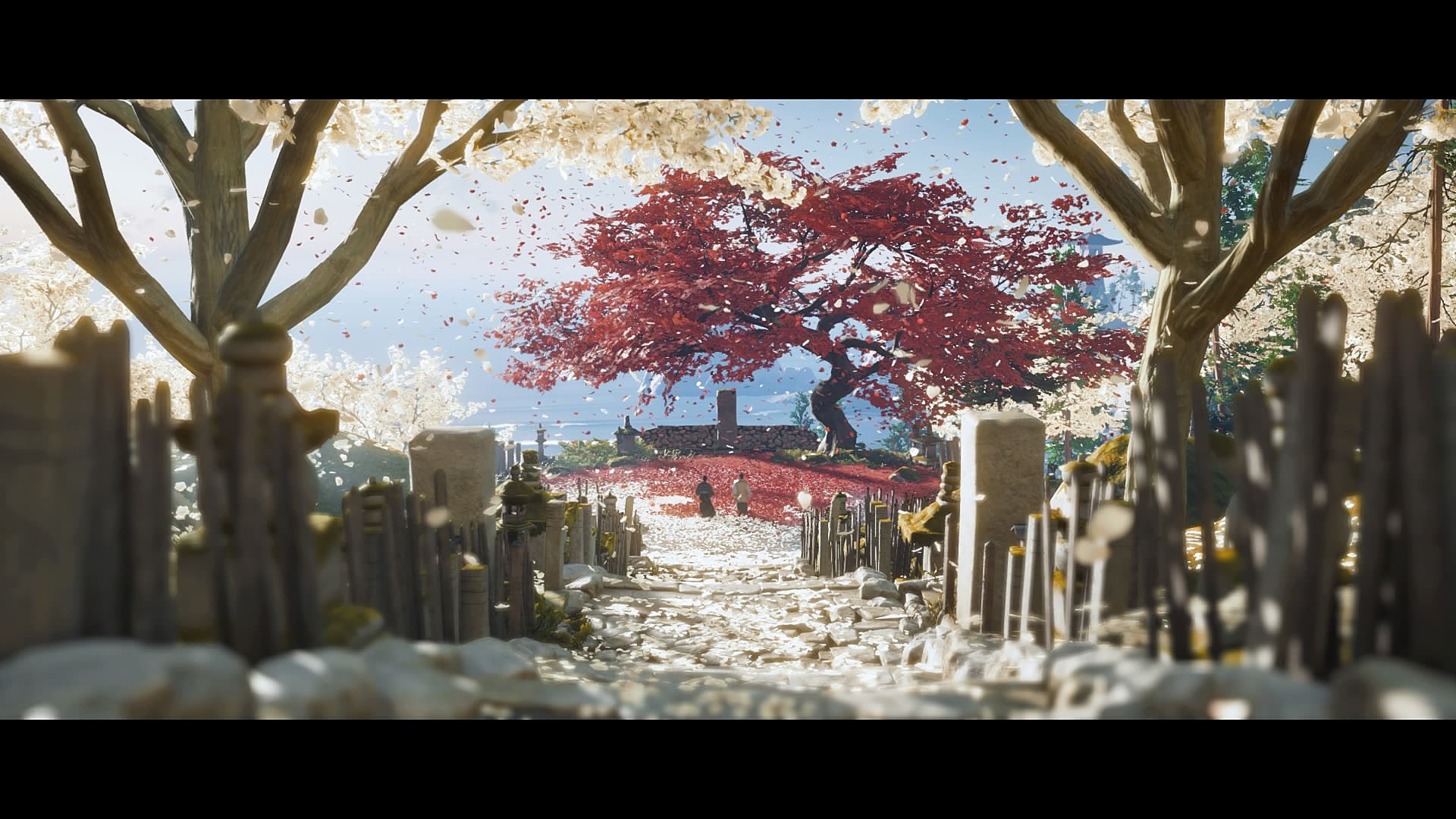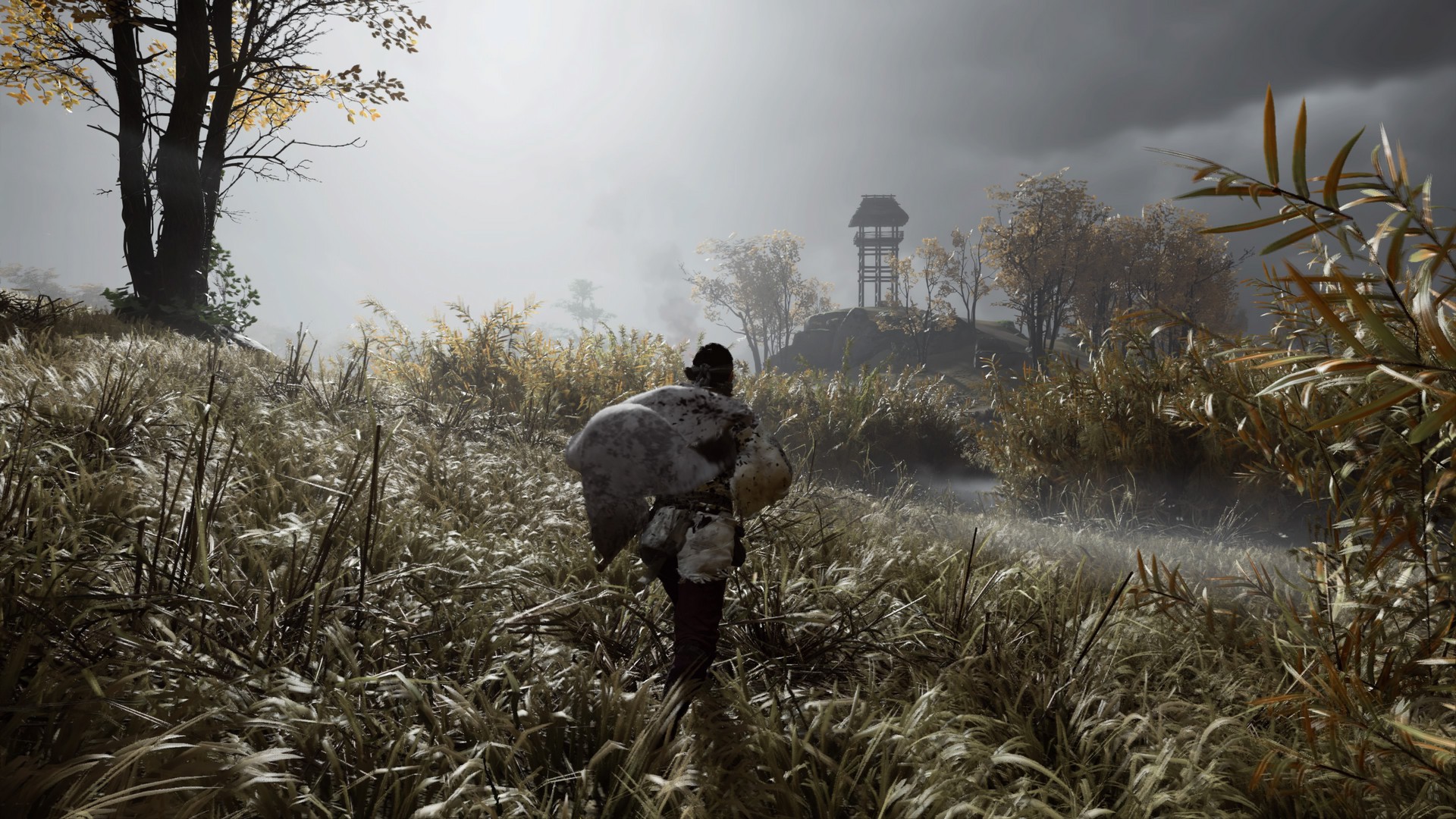
There’s sensei Ishikawa, a master archer whose protege has gone rogue and joined the Mongols. Jin meets a handful of allies on his journey, each with their own multi-chapter story arcs that delve into their respective backstories. frontal assault and given it new life by expertly integrating it with the themes of the story. But what is innovative here is how Sucker Punch has taken the classic device of stealth vs.

This is far from a novel concept, and in this respect, the combat in Ghost of Tsushima offers little innovation. It’s an effective way of evening the odds between you and your foes, but it rails against everything the samurai stand for.Ĭountless games offer the player the option to approach combat either stealthily or head-on. The other option is to fight like a “Ghost,” sneaking into enemy camps, killing the bad guys in their sleep, poisoning them, using intimidation tactics to scare them into fleeing battle. You’ll then have to take on the rest of the enemies all at once, which is no easy task. You can choose to fight honorably, like a true samurai, and challenge enemies to a “standoff,” a quick-reflex mini-game of sorts in which you and one of the baddies face off one-on-one and see who flinches first before one of you slashes his blade through the other. As you fight to take back Tsushima from the Mongols, you can approach enemy encounters in two ways. The philosophical conflict between honor and deception is the beating heart of the story and permeates the gameplay in riveting ways. These opening moments set the tone for the rest of the game. Jin is also fatally wounded but is miraculously nursed back to health by a new ally, a thief named Yuna who needs his help in return. The rest of the samurai are obliterated on the beach, while Jin’s uncle, Lord Shimura, is taken prisoner by the Khan.

When the leader of the samurai challenges Khotun to a one-on-one, fair fight, the Khan renounces the honorable gesture in gruesome fashion, literally setting the courageous samurai on fire in front of both armies.

A massive Mongol army, led by the cunning Khotun Khan, storms the beaches of Tsushima and is met by the island’s woefully outnumbered samurai contingent. More than anything, Ghost of Tsushima is a moving homage to Japan, its history, and its people. Japanese history and culture are woven into every single facet of the game so elegantly and organically that you’d think the team had been developing games set in feudal Japan for the past decade, not sci-fi superhero romps. Right off the bat, the shift in time period and milieu to 13th – century Japan is notable because Sucker Punch handles it so brilliantly, especially for the team’s first foray into the samurai genre. It’s here that we meet young samurai Jin Sakai, who must defend his homeland, the titular island of Tsushima, from an invading Mongol army. While those games were steeped in modernity, offering sprawling cityscapes players could explore from top to bottom via superpowered “conduits” Cole MacGrath and Delsin Rowe, Ghost of Tsushima’s open world is set in feudal Japan. Ghost of Tsushima is a daring departure for Sucker Punch, who since 2009 has worked solely on the Playstation-exclusive Infamous series.


 0 kommentar(er)
0 kommentar(er)
